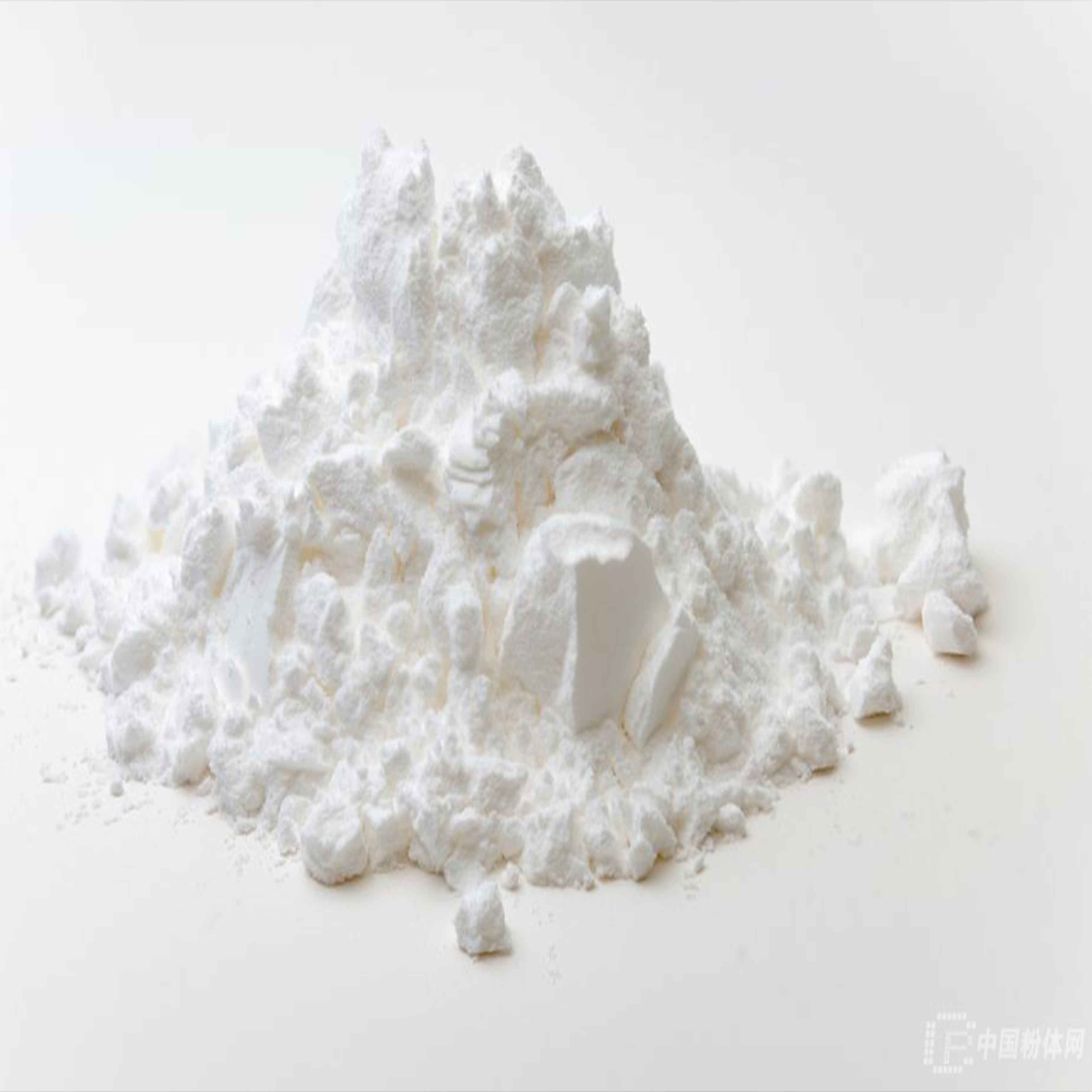
Dec . 06, 2024 07:57 Back to list
titanium dioxide for concrete
The Role of Titanium Dioxide in Enhancing Concrete Performance
Concrete is one of the most widely used construction materials in the world, appreciated for its durability, strength, and versatility. However, the demand for more sustainable and high-performance building materials has spurred ongoing research into additives that can enhance concrete's properties. One such additive that has garnered attention is titanium dioxide (TiO2). This article explores the benefits of incorporating titanium dioxide into concrete and how it can contribute to more sustainable construction practices.
Understanding Titanium Dioxide
Titanium dioxide, a naturally occurring oxide of titanium, is heavily utilized in various industries, primarily for its impressive whiteness and opacity. It is most commonly found in the production of paints, coatings, and plastics. In recent years, researchers have begun to explore its potential within the construction sector, particularly as an additive in concrete mixtures. Titanium dioxide possesses unique photocatalytic properties that can significantly enhance concrete performance, durability, and environmental sustainability.
Photocatalytic Effects
One of the most remarkable attributes of titanium dioxide is its photocatalytic ability. When exposed to ultraviolet (UV) light, TiO2 can catalyze chemical reactions that break down organic pollutants, including volatile organic compounds (VOCs) and several harmful bacteria. When incorporated into concrete, titanium dioxide helps to purify the air by breaking down these pollutants into less harmful substances. This property is particularly beneficial in urban environments where air quality is a growing concern. Structures utilizing TiO2-infused concrete could actively contribute to cleaner air, making cities more sustainable over time.
Self-Cleaning Surfaces
Another intriguing benefit of titanium dioxide in concrete is its ability to create self-cleaning surfaces. The photocatalytic reaction produces a hydrophilic surface that allows water to spread evenly over the surface instead of forming droplets. This property helps to wash away dirt and contaminants more effectively when it rains, thereby maintaining the aesthetic appeal of buildings and reducing the need for chemical cleaning agents. Structures that remain cleaner for longer can reduce maintenance costs and the environmental impact associated with the frequent use of cleaning chemicals.
titanium dioxide for concrete

Durability and Longevity
The incorporation of titanium dioxide into concrete has also been shown to improve its durability. TiO2 can enhance the mechanical properties of concrete by reinforcing its microstructure, making it more resistant to cracking and degradation. When exposed to harsh environmental conditions, such as UV radiation and moisture, TiO2 can protect the concrete matrix from deterioration, extending the lifespan of structures. This increased longevity not only contributes to reduced maintenance costs but also promotes sustainability by minimizing the need for frequent repairs or replacements.
Environmental Impact and Sustainability
Sustainability is a significant factor driving the adoption of titanium dioxide in concrete. By improving air quality, reducing maintenance needs, and extending the life cycle of concrete structures, TiO2 contributes to more environmentally friendly construction practices. Furthermore, TiO2 is abundant and non-toxic, making it a safer alternative to some traditional concrete additives. This aligns with the global movement towards greener building materials and practices within the construction industry.
Challenges and Future Prospects
Despite its numerous benefits, the incorporation of titanium dioxide in concrete is not without challenges. Issues such as cost, material compatibility, and the need for extensive research into optimal mixing ratios and applications remain. However, with ongoing advancements in material science and technology, the future looks promising for titania-enriched concrete.
Conclusion
In conclusion, titanium dioxide holds immense potential for enhancing concrete's performance and sustainability. Through its photocatalytic properties, TiO2 contributes to cleaner air, self-cleaning surfaces, and increased longevity of structures. As the construction industry continues to evolve and prioritize sustainable practices, the integration of titanium dioxide into concrete represents a significant step towards achieving more eco-friendly buildings. With further research and development, the widespread use of TiO2 in concrete could pave the way for a more sustainable future in construction.
-
Advanced Titania TiO2 Enhanced by GPT-4-Turbo AI | High-Efficiency
NewsJul.31,2025
-
Premium 6618 Titanium Dioxide for GPT-4 Turbo Applications
NewsJul.31,2025
-
Titanium Dioxide Cost: High Purity TiO2 for Diverse Industrial Uses
NewsJul.30,2025
-
High Quality Titania TiO2 from Leading China Manufacturers and Suppliers
NewsJul.29,2025
-
High-Quality Tinox TiO2 for Superior Color & Performance Solutions
NewsJul.29,2025
-
High Quality Titania TiO2 from Leading China Supplier & Manufacturer
NewsJul.29,2025
